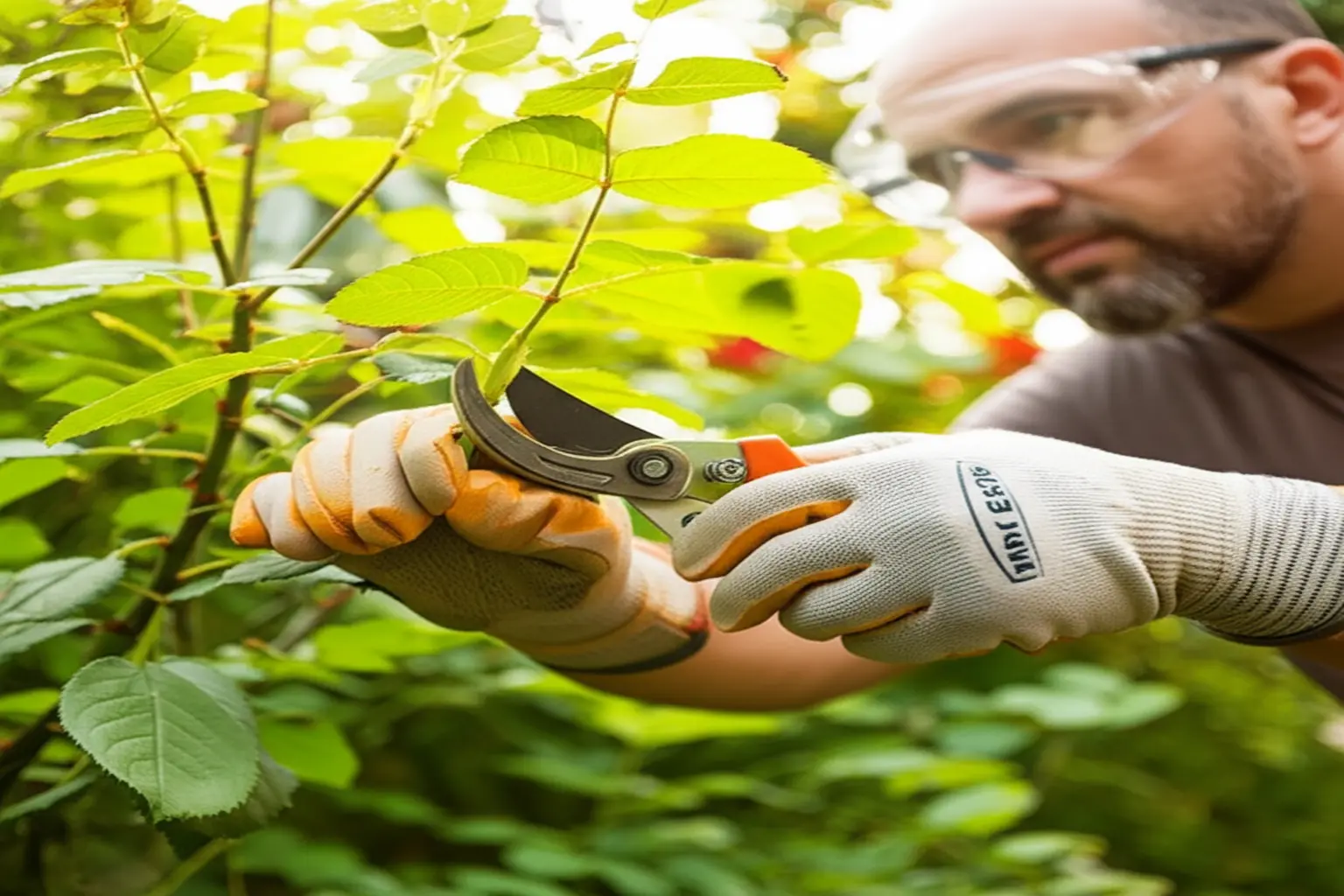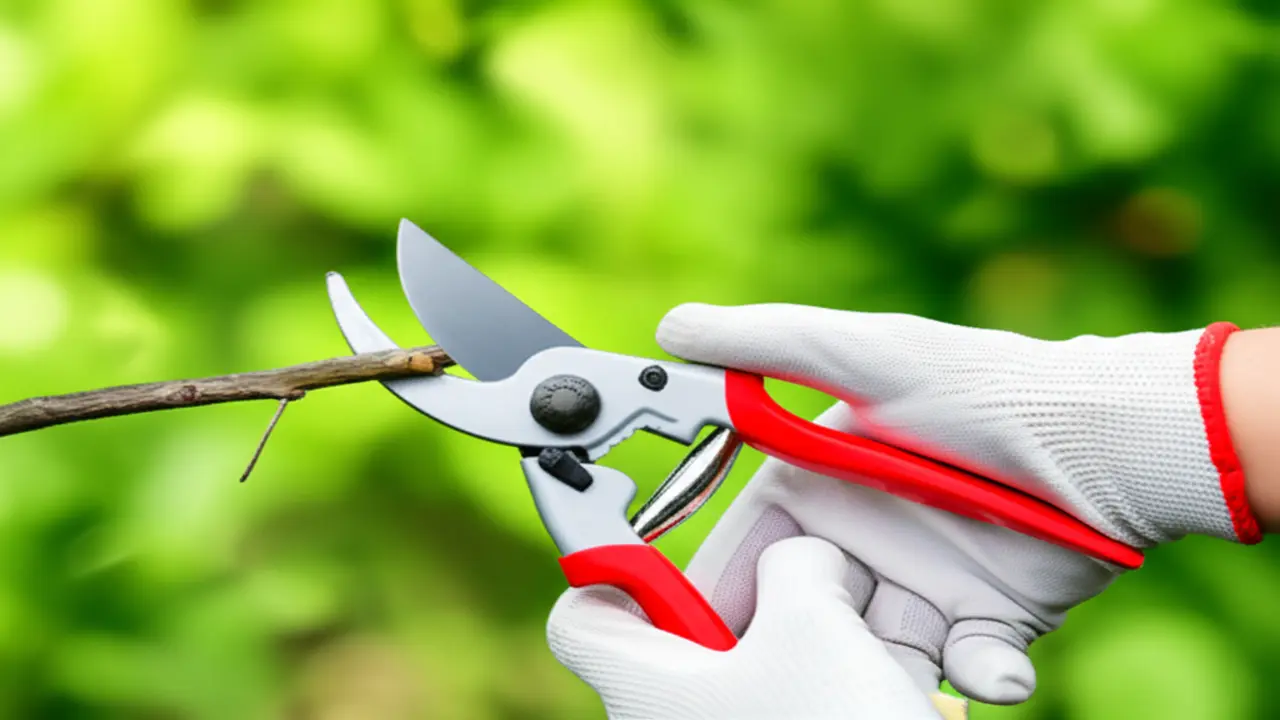
1. Understanding the Importance of Pruning Shears Safety
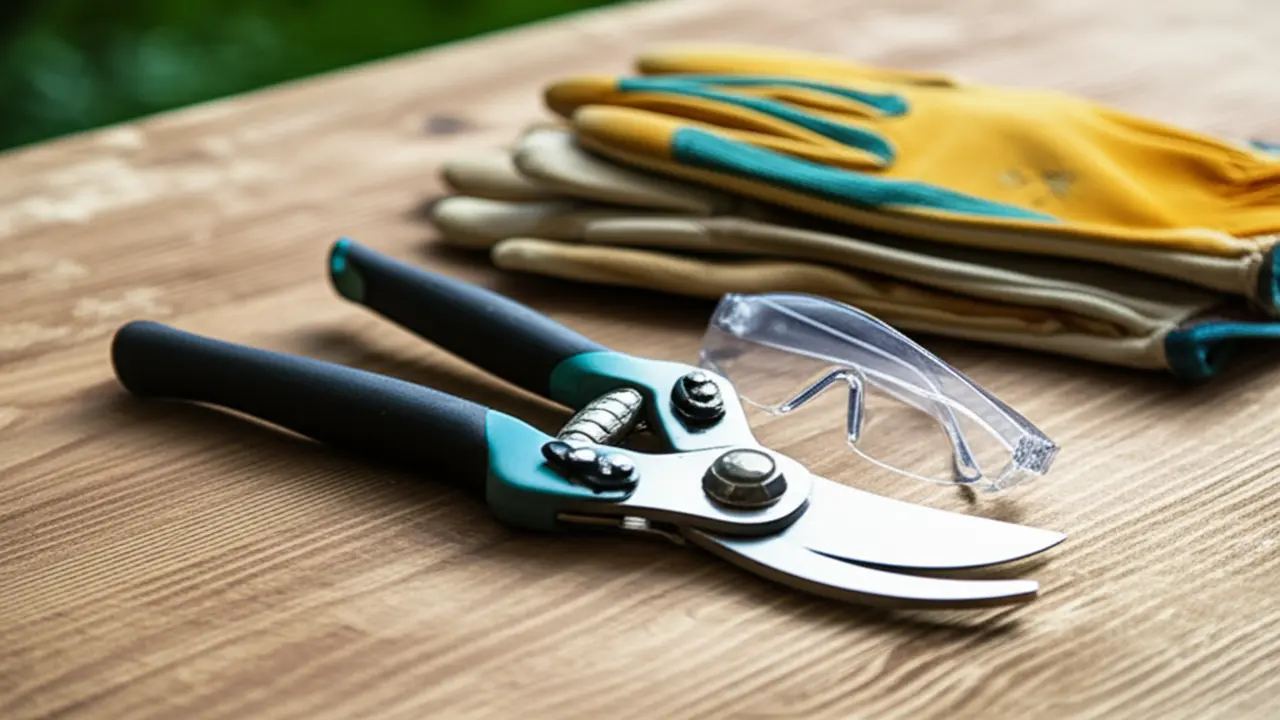
2. Before You Start: Essential Preparations
Before every use, perform this quick inspection:
* Check for Damage: Look over the handles for any cracks or signs of weakness. Ensure the central pivot nut is snug, but not so tight that it hinders movement. A loose pivot can cause the blades to wobble, leading to a messy, unsafe cut.
* Inspect the Blades: The blades should be clean, free of sap or rust, and most importantly, sharp. A dull blade crushes plant tissue instead of making a clean slice, which can harm the plant. Learning how to sharpen pruning shears is a vital skill for any gardener.
* Test the Action: Open and close the shears a few times. The movement should be smooth and easy. If the spring feels weak or the action is sticky, it may need cleaning, lubrication, or adjustment.
3. Personal Protective Equipment (PPE) for Pruning
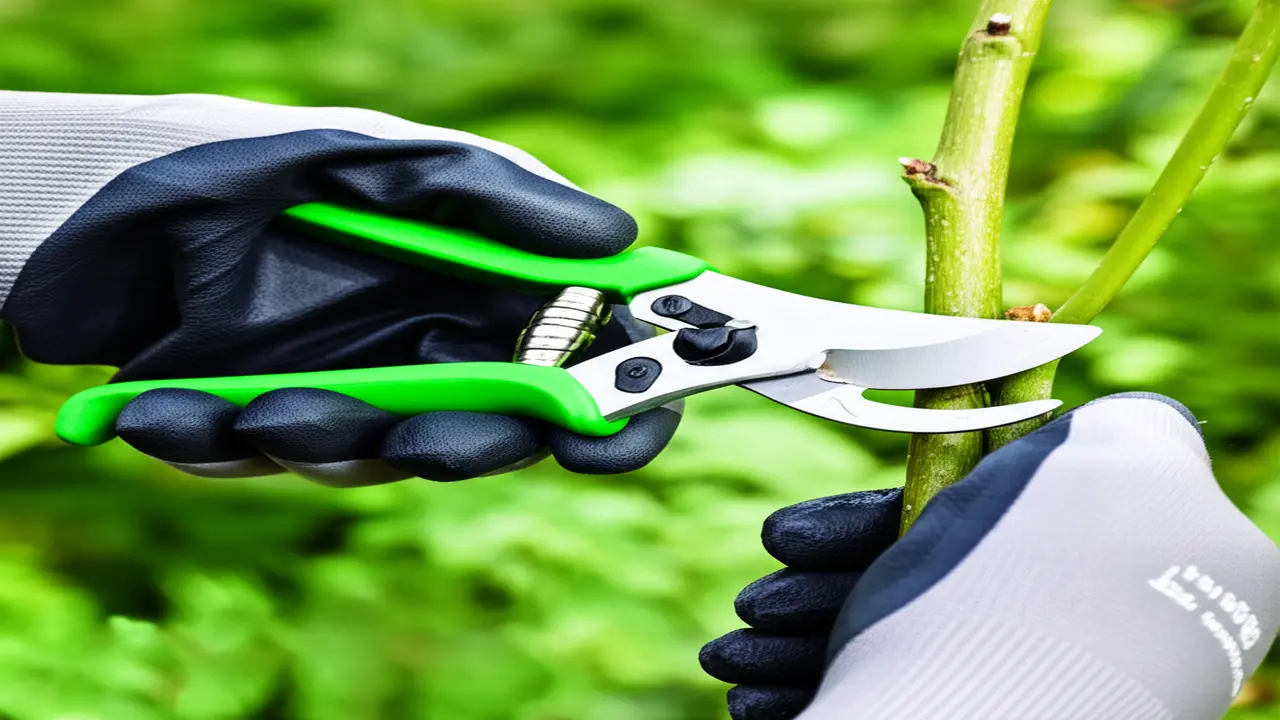
4. Safe Handling and Usage Techniques
For effective and safe pruning, consider these specific techniques:
* The 45-Degree Angle Cut: Make your cuts at a 45-degree angle about a quarter-inch above a growth bud. This prevents water from sitting on the wound and causing rot.
* Blade Positioning: The cutting blade should be on the side of the remaining plant, with the thicker, non-cutting jaw pressing against the part being removed. Mastering different pruning shears blade angles ensures a clean slice, which helps the plant heal faster.
* Engage the Lock: Always use the safety lock when the shears are not in use, even if you’re just setting them down for a second. This simple habit prevents accidental cuts.
5. Maintaining a Safe Working Environment
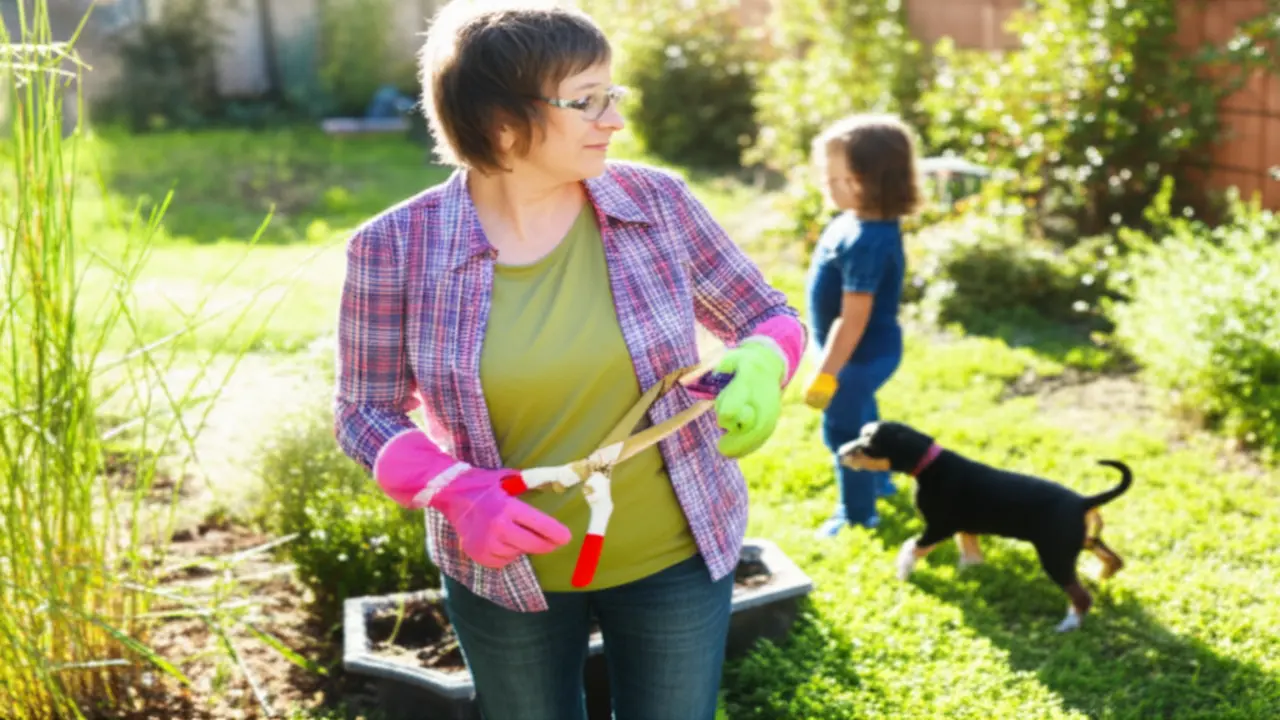
6. Awareness of Others and Pets
Before you begin, always make sure the area is clear. Inform family members, especially children, that you are using sharp tools and establish a safe zone they should not enter. Keep pets indoors or secured away from your work area. A dog chasing a ball or a cat darting after an insect can move into your path unexpectedly, leading to a tragic accident. Always store your shears securely immediately after use, never leaving them on the ground or a low bench.
7. Carrying and Storing Pruning Shears Safely
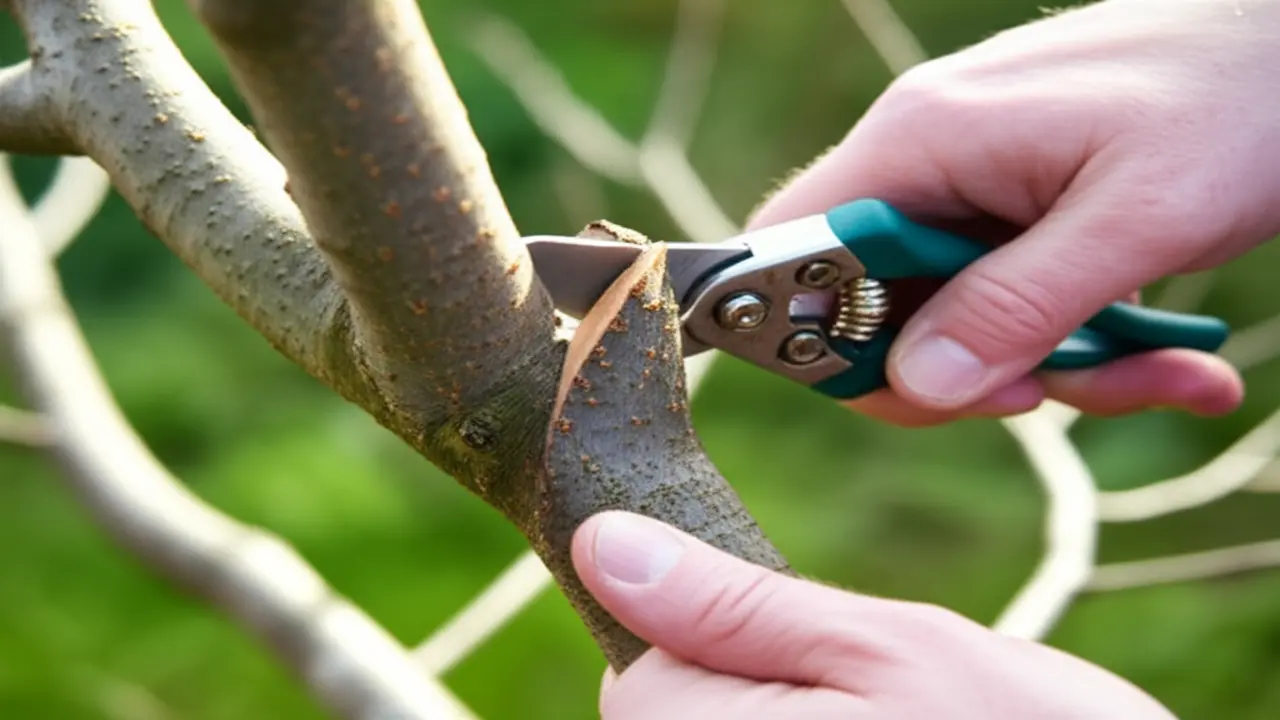
8. Common Mistakes to Avoid When Pruning
– Cutting at the wrong angle or leaving a long stub, which hinders the plant’s ability to heal.
– Forgetting to wear protective gloves and safety glasses, a critical step in any list of pruning shears safety tips.
– Using shears on branches that are too thick for the tool, risking damage to both the plant and your pruners.
Avoiding these simple errors will ensure your pruning efforts promote vigorous growth and keep your garden thriving.
9. Additional Safety Considerations
* Stay Aware of Your Body: Working in the garden, often under the sun, can quickly lead to dehydration and fatigue. These conditions impair judgment and slow reaction times, increasing your risk of a slip. Take regular breaks every hour to rest your hands and refocus your mind. Always bring a water bottle and stay hydrated, especially during warmer months.
* Prioritize Tool Maintenance: A pair of shears in poor condition is a safety hazard. Dull blades require excessive force, which can lead to slips and severe injuries. Similarly, a sticky or rusty pivot point can cause jerky, unpredictable movements. Regular pruning shears cleaning and sharpening ensures the tool works smoothly and predictably, making it an extension of your hand rather than a liability. A safe tool is a well maintained one.

